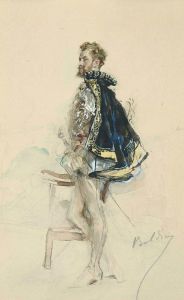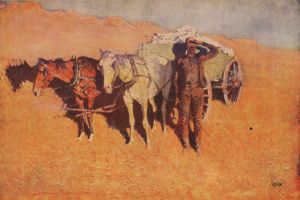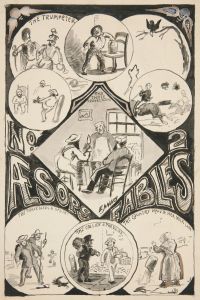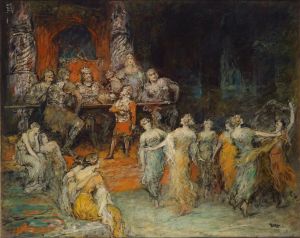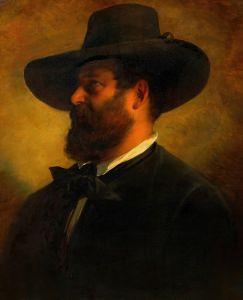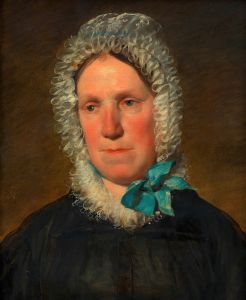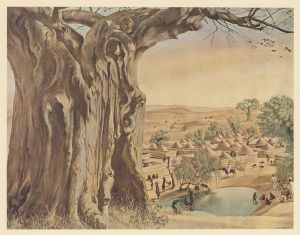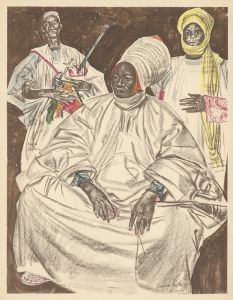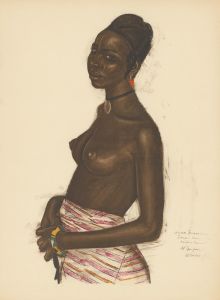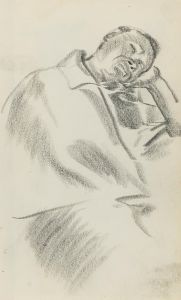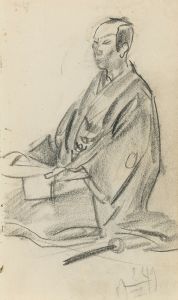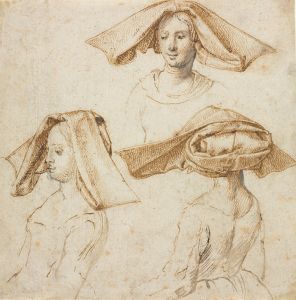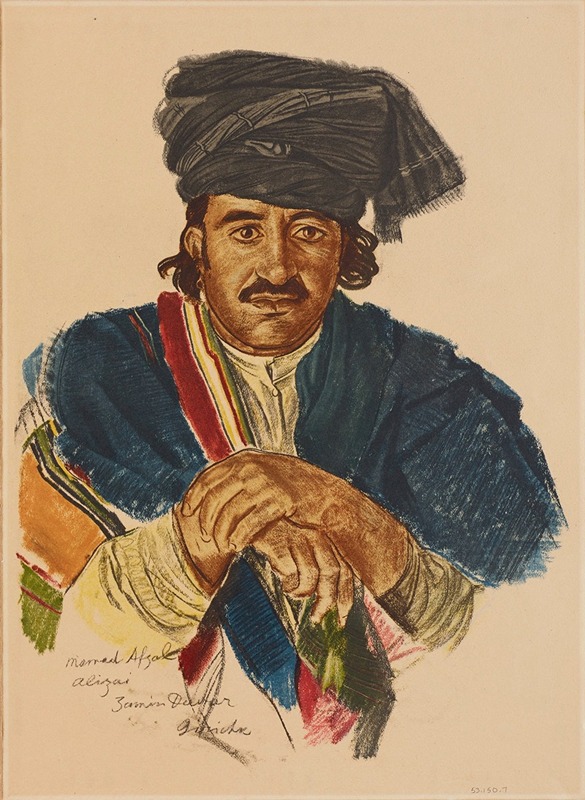
Un Notable Afghan, Guirichk
A hand-painted replica of Alexandre Jacovleff’s masterpiece Un Notable Afghan, Guirichk, meticulously crafted by professional artists to capture the true essence of the original. Each piece is created with museum-quality canvas and rare mineral pigments, carefully painted by experienced artists with delicate brushstrokes and rich, layered colors to perfectly recreate the texture of the original artwork. Unlike machine-printed reproductions, this hand-painted version brings the painting to life, infused with the artist’s emotions and skill in every stroke. Whether for personal collection or home decoration, it instantly elevates the artistic atmosphere of any space.
Alexandre Jacovleff (1887–1938) was a Russian painter and graphic artist known for his association with the Ballets Russes and his extensive travels, which greatly influenced his artistic output. One of his notable works, Un Notable Afghan, Guirichk, depicts an Afghan notable, or dignitary, from the region of Guirichk (also spelled Girishk), a town in southern Afghanistan.
The painting is part of Jacovleff's broader body of work that reflects his interest in ethnographic subjects and his ability to capture the essence of different cultures. Jacovleff was a member of the Citroën Central Asia Expedition, also known as the Croisière Jaune (Yellow Expedition), which took place from 1931 to 1932. This expedition, organized by the French automobile manufacturer Citroën, aimed to traverse Asia using motor vehicles, documenting the landscapes, cultures, and peoples encountered along the way. Jacovleff served as the official artist for the expedition, producing numerous portraits and sketches of the individuals and communities he encountered.
Un Notable Afghan, Guirichk is believed to have been created during or inspired by this expedition. The painting showcases Jacovleff's skill in portraiture, particularly his ability to render intricate details of clothing, facial features, and expressions. The subject, an Afghan notable, is depicted in traditional attire, reflecting the cultural and social status of the individual. Jacovleff's use of color and texture in the painting highlights his academic training and his sensitivity to the cultural richness of his subjects.
The work is an example of Jacovleff's commitment to documenting the diversity of human experience through art. His portraits from the Croisière Jaune, including Un Notable Afghan, Guirichk, are valued not only for their artistic merit but also for their ethnographic significance. They provide a visual record of the people and cultures encountered during the expedition, offering insights into the historical and cultural context of the regions explored.
The painting is part of Jacovleff's legacy as an artist who bridged the worlds of fine art and ethnography. His works continue to be studied and appreciated for their technical excellence and their role in documenting the cultural diversity of the early 20th century.





